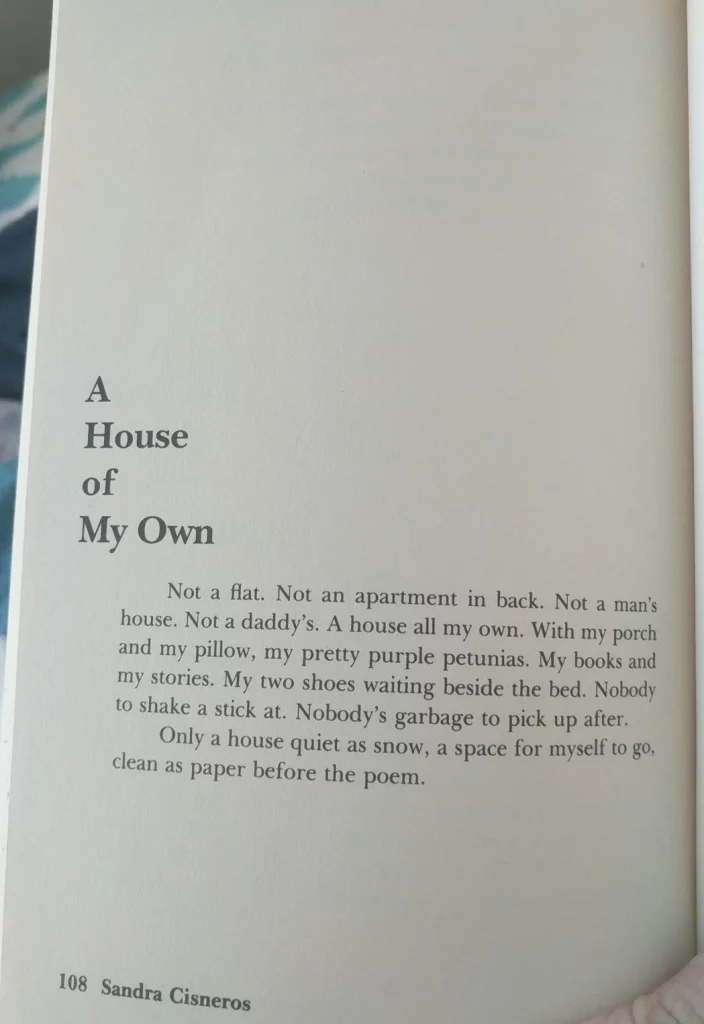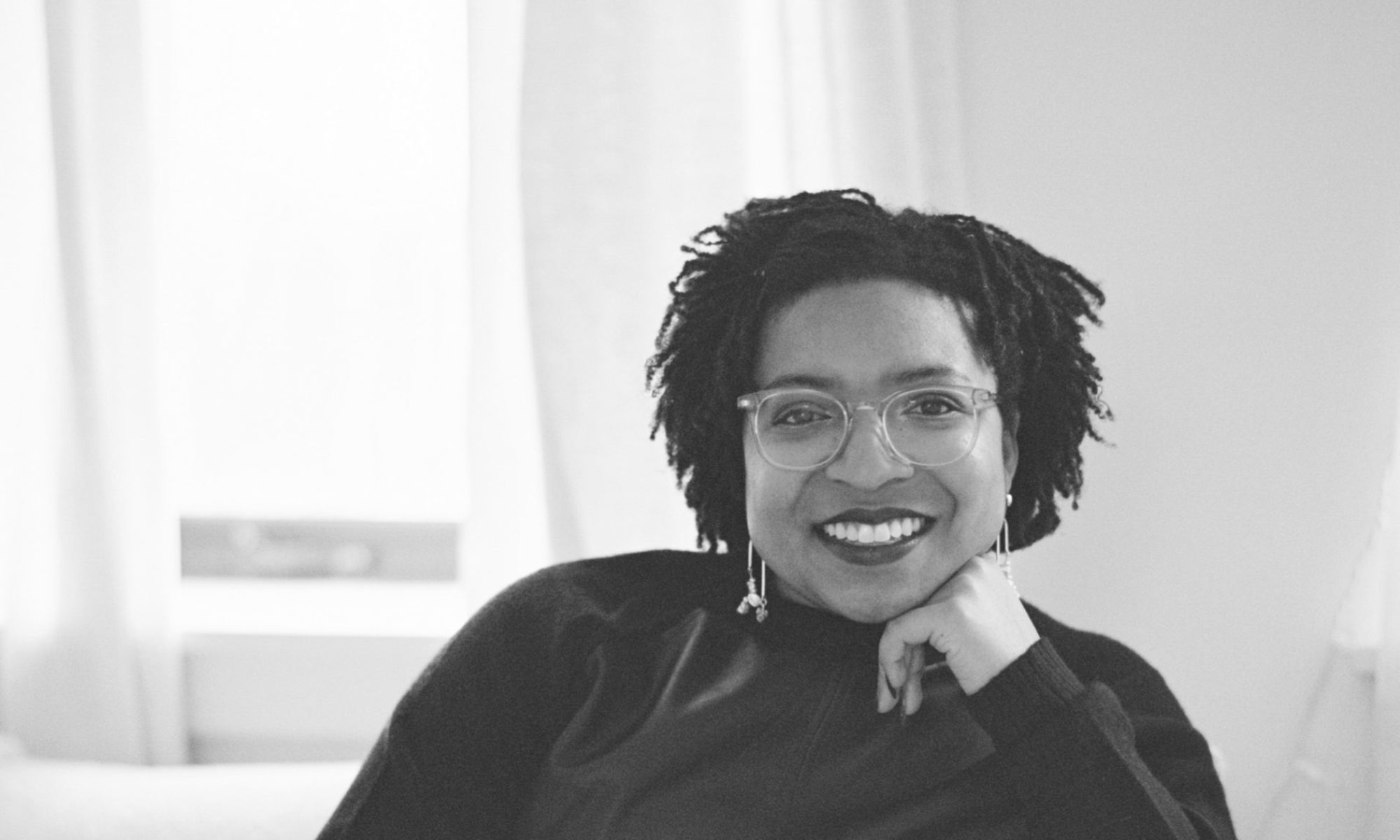Growing up, community work was always on my schedule. Whether that was volunteering as a liturgist at my church, delivering meals via meals on wheels, running behind my mom as she raised money so other kids in San Diego could get scholarships to college, I was always involved in my community. As I grew up, to address this part of my identity I conflated my work and my community service. Working in the government and nonprofit sectors made this easy to do. It wasn’t so easy when I transitioned into the private sector in 2014. I didn’t make time for this again if I’m honest until 2016 when he-who-shall-not-be-named was elected President.
I remember a rush of interest from friends and colleagues on how to impact national elections. Writing letters to Senators, signing petitions, and wearing pussy hats became normalized. It felt like I had regained some sense of community activism in my life too. This collective work felt good despite the fact that I (like many people) was put on an emotional rollercoaster. Part of the emotional rollercoaster was dedicating so much of my community service work to national causes. I didn’t realize how much this would have on my mental health, but the lack of agency that I had and the inability to see my impact on a real level made it all more exhausting.
It was around this time that I began to explore how I could become more involved in my own local government. The problems facing the entire country – 300 million people!! – are so big, so broad and so thorny that I thought maybe I could see the needle move on my efforts if I decreased the scope of the problems was looking to have an impact on. I am from San Diego, CA – a city that boasts a population of almost 1.5M, yet most of the work I did there was focused on a very small community surrounding the church I was raised in and the nonprofits my parents got us involved in from an early age. Oakland is barely 450K people so I thought to myself, of course, I could make a dent here on a community in The Town if I really tried. This effort reminded me of the bell hooks quote in All About Love where she says: “I like living in small towns precisely because they are most often the places in our nation where basic principles underlying a love ethic exist and are the standards by which most people try to live their lives. In small towns where I live (now only some of the time) there is a spirit of neighborliness – of fellowship, care, and respect.”1
I started off by joining a nonprofit board in Oakland. I found the application online! It was an interesting experience where I was able to work with Beyond Emancipation – a nonprofit committed to helping foster youth build essential skills. The impact I was able to have was amazing, but the workload was too much. After a bit of reflection, I realized that part of the reason the workload was too much is that I took on too much instead of delegating. But I needed to quit to get that perspective and I’m proud of all of the progress they’ve continued to make.
After the pandemic started I began to reconsider my relationship to public policy once more. I started by talking with neighbors about ideas to build out a mutual aid program for those in need and at the same time, I began joining in on Oakland city council meetings to listen and learn more about what our public officials did. I also spoke up during public comments to vocalize my opinions about police brutality in Oakland.
Both of these efforts led to some really awesome results. The first was that the mutual aid program gained steam and a small group of 4 helped fundraise over $10K for neighbors in need. Our giving drive even gained us a spot on local television! I am so proud of the work we were able to do. The checks we sent out allowed people to pay rent, buy groceries, pay past-due bills. It was amazing.
After joining a few City Council meetings, a friend shared that Oakland actually had a variety of public commissions and boards that allow you to get deeper engagement into city policies. The applications were online and so I applied to the Oakland Public Safety and Services Oversight Commission.
I honestly had no idea what I was getting myself into and I’m grateful I didn’t (this is the story of my life honestly: pick a goal to achieve first, get overwhelmed by all of it figure out the details later). I was signing up for 2-years of public service which included, but wasn’t limited to, 1 meeting per month that lasted anywhere between 2-4 hours – this meeting was usually held on Mondays at 6:30pm, which meant that I was sometimes in meetings during a workday until 10pm at night. In advance of the meeting, you are sent pages and pages of documents to review. In order to come prepared to have a productive conversation, you needed to read these documents. The Oversight Commission I was on was tasked with reviewing $30M+ in spending a year – that is a really big deal! To honor that, I wanted to do my job well.
What I learned quickly after a few meetings, was that because the turnover of the Commission was so high, many meetings could feel like we were starting from scratch. You don’t realize how meeting only 1x per month can impact your ability to be fully prepared and present until you find yourself asking the same question across multiple months. It was at this time that I decided to build out a presentation that could tell the story and impact of the Measure our oversight commission was created to oversee – Measure Z – over its entire history. I joined the Oversight Commission almost 7 years into its implementation and so had a lot of data to work with.
A few other Commissioners and I spent 6+ months pouring over the 7 years of data to compile this presentation. We gave this presentation to the City Council in December. Looking forward to seeing how this progresses!
- All About Love – bell hooks. Page 100.

